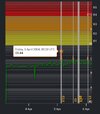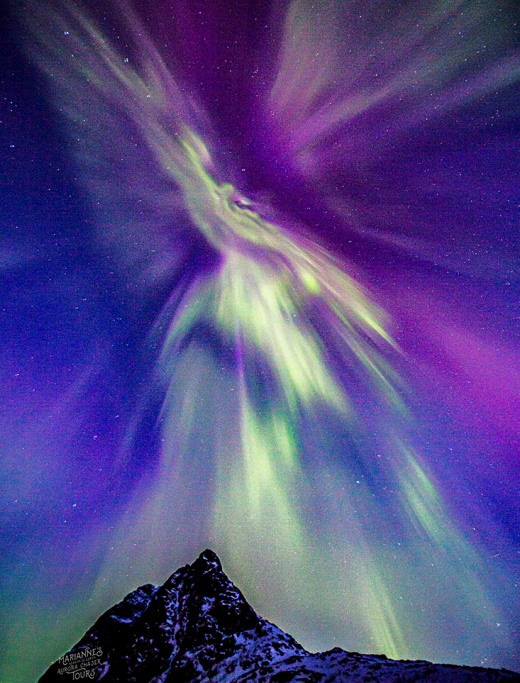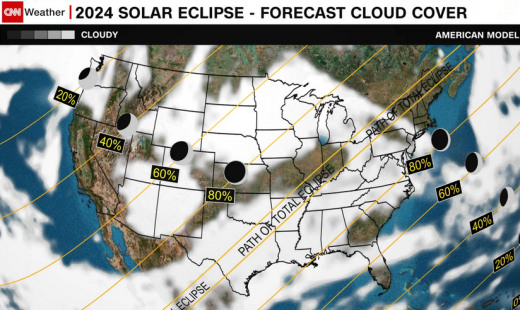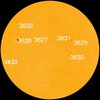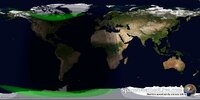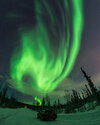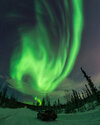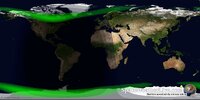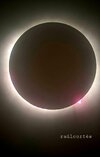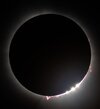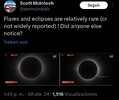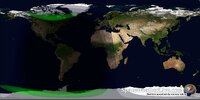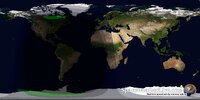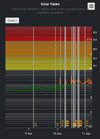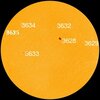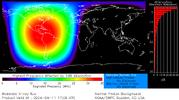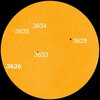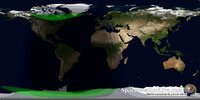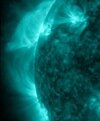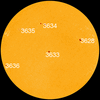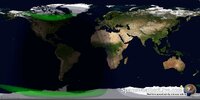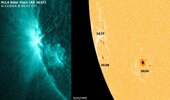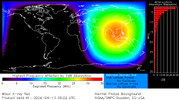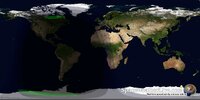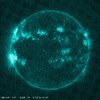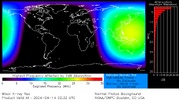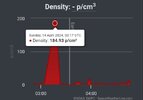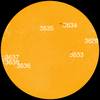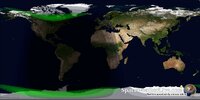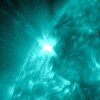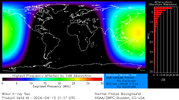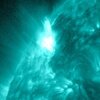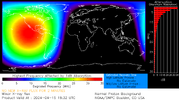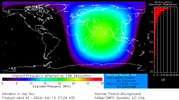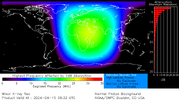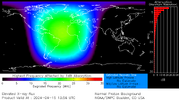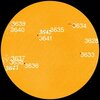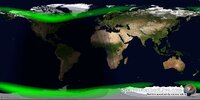SOLAR CYCLE ACTIVITY REPORT APRIL 05_2024
PREPARING FOR THE EVENT. Sun activity is going through a lull...has been at very low levels for the past 24 hours. We are 3 days away from the solar eclipse and the sun has taken a break. At 05:00 UTC on April 4 the lowest level of the day was recorded, an A4.9 flare.
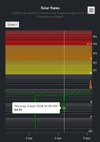
The total number of sunspots has increased to 47 of which 9 of them are grouped into 5 active regions as follows: AR3624, AR3626, AR3627, AR3628 & new region AR3629
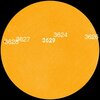
NOAA has updated its forecast for the next 24 hours: 30% chance of C flares, 5% chance of M flares and 1% chance of X flares. All regions have stable magnetic fields.
● Auroral Activity
The geomagnetic field has been at quiet to unsettled levels (kp3) for the past 24 hours. On April 04 Solar wind speed reached a peak of 552 km/s (Moderately high speed due to a solar wind stream coming from a coronal hole) at 18:49 UTC Total IMF reached 11 nT at 07:36 UTC.
Aurora Oval Bz: -2.73 nT South
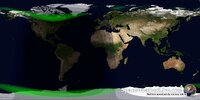
● Current Conditions at 04:47 UTC on April 05
Geomagnetic activity is at index Kp 2 (quiet) The solar wind is now at elevated speed of more than 400 km/s pointing south which offers conditions for aurora sightings at latitudes.
The band of cloudiness jeopardizes the enjoyment of a good panoramic view of the eclipse over the U.S. territory.
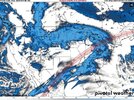
On April 04 Solar activity is expected to be very low with a chance for a C-class flares. (In fact the first C-class flare in 48 hours happened at 03:05 UTC) on the other hand the geomagnetic field is expected to be at quiet to unsettled levels.
▪︎ Geospace quiet (Kp 2)
▪Solar wind speed record: 439 km/sec (Normal speed)
▪︎ density: 13.26 p/cm³ (Moderate density)
▪︎ Interplanetary Magnetic Field (IMF)
Bt: 7 nT
▪︎ X-ray Solar Flare : C3 0305 UT Apr05
▪︎ Thermosphere Climate Index
today: Warm
▪︎ Neutron Counts today:-3.5% (Low)
▪︎ Sunspot number: 47 (SN 45 April 04)
▪︎ Spotless Days 2023 total: 0 days (0%)
▪︎ There are no significant equatorial coronal holes on the Earthside of the sun.
......
SpaceWeatherlive.com
SpaceWeather.com
PREPARING FOR THE EVENT. Sun activity is going through a lull...has been at very low levels for the past 24 hours. We are 3 days away from the solar eclipse and the sun has taken a break. At 05:00 UTC on April 4 the lowest level of the day was recorded, an A4.9 flare.

The total number of sunspots has increased to 47 of which 9 of them are grouped into 5 active regions as follows: AR3624, AR3626, AR3627, AR3628 & new region AR3629

NOAA has updated its forecast for the next 24 hours: 30% chance of C flares, 5% chance of M flares and 1% chance of X flares. All regions have stable magnetic fields.
● Auroral Activity
The geomagnetic field has been at quiet to unsettled levels (kp3) for the past 24 hours. On April 04 Solar wind speed reached a peak of 552 km/s (Moderately high speed due to a solar wind stream coming from a coronal hole) at 18:49 UTC Total IMF reached 11 nT at 07:36 UTC.
Aurora Oval Bz: -2.73 nT South

● Current Conditions at 04:47 UTC on April 05
Geomagnetic activity is at index Kp 2 (quiet) The solar wind is now at elevated speed of more than 400 km/s pointing south which offers conditions for aurora sightings at latitudes.
The band of cloudiness jeopardizes the enjoyment of a good panoramic view of the eclipse over the U.S. territory.

On April 04 Solar activity is expected to be very low with a chance for a C-class flares. (In fact the first C-class flare in 48 hours happened at 03:05 UTC) on the other hand the geomagnetic field is expected to be at quiet to unsettled levels.
▪︎ Geospace quiet (Kp 2)
▪Solar wind speed record: 439 km/sec (Normal speed)
▪︎ density: 13.26 p/cm³ (Moderate density)
▪︎ Interplanetary Magnetic Field (IMF)
Bt: 7 nT
▪︎ X-ray Solar Flare : C3 0305 UT Apr05
▪︎ Thermosphere Climate Index
today: Warm
▪︎ Neutron Counts today:-3.5% (Low)
▪︎ Sunspot number: 47 (SN 45 April 04)
▪︎ Spotless Days 2023 total: 0 days (0%)
▪︎ There are no significant equatorial coronal holes on the Earthside of the sun.
......
SpaceWeatherlive.com
SpaceWeather.com

